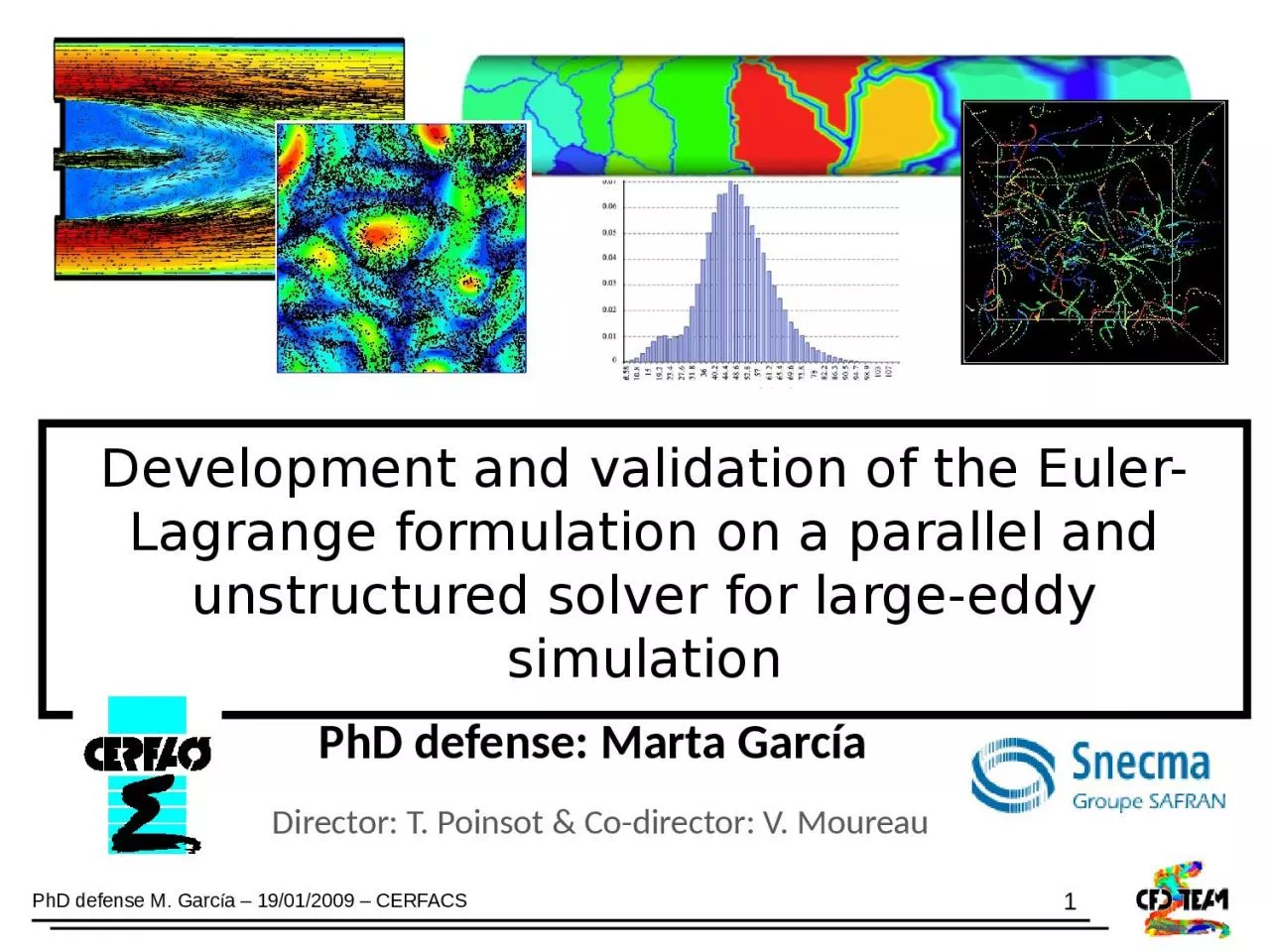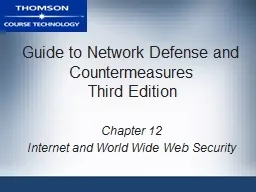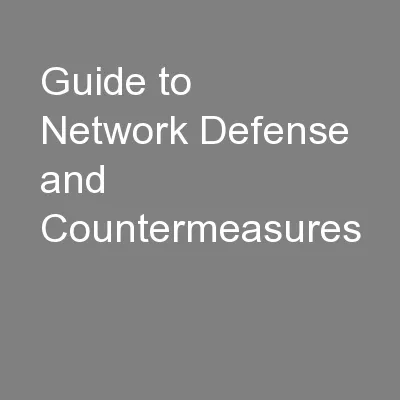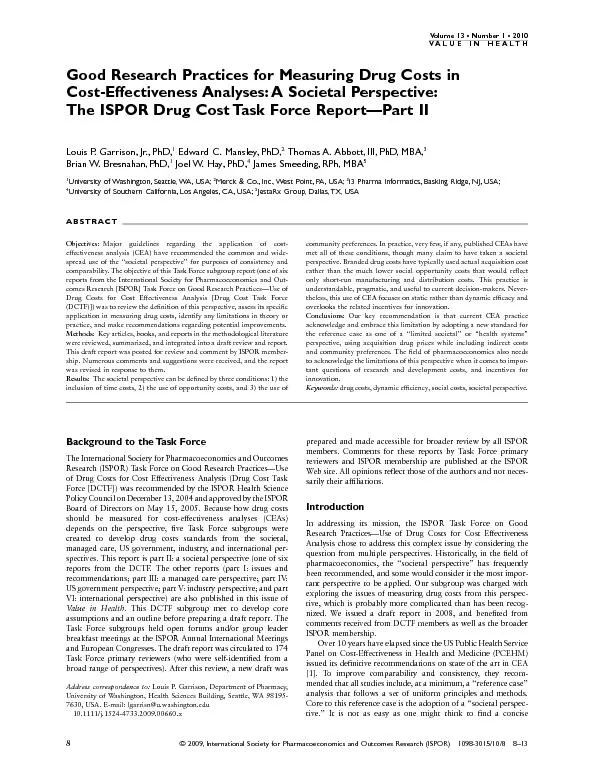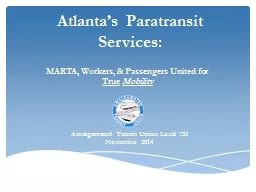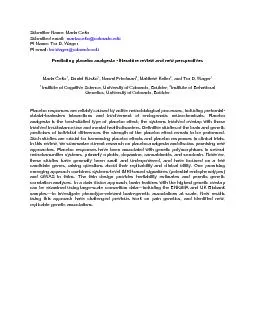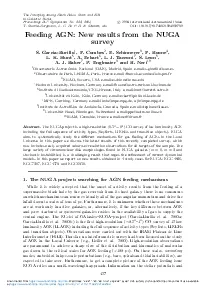PPT-PhD defense: Marta Garc í
Author : finley | Published Date : 2024-03-13
a Development and validation of the EulerLagrange formulation on a parallel and unstructured solver for largeeddy simulation Director T Poinsot amp Codirector V
Presentation Embed Code
Download Presentation
Download Presentation The PPT/PDF document "PhD defense: Marta Garc í" is the property of its rightful owner. Permission is granted to download and print the materials on this website for personal, non-commercial use only, and to display it on your personal computer provided you do not modify the materials and that you retain all copyright notices contained in the materials. By downloading content from our website, you accept the terms of this agreement.
PhD defense: Marta Garc í: Transcript
Download Rules Of Document
"PhD defense: Marta Garc í"The content belongs to its owner. You may download and print it for personal use, without modification, and keep all copyright notices. By downloading, you agree to these terms.
Related Documents

